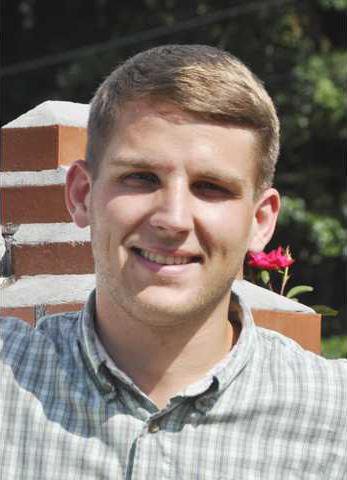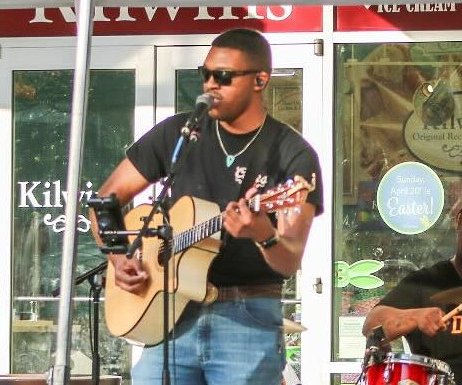We’ve been looking at lawn problems with landscape folks this past week, and I thought I’d put a little piece about what we’re seeing. Brown patch (Rhizoctonia solani) is the most common disease I find, and most common disease the diagnostic lab in Athens sees as well.
Down here, we see it in centipede, and also St. Augustine. Brown patch is generally a disease of spring and fall. However, temperatures from October through January have been ideal for this pathogen.
Just after Christmas, I was asked to look at lots of centipede yards from homeowners where symptoms looked like brown patch. On the microscope, I never was able to confirm the pathogen. UGA Extension pathologist Dr. Elizabeth Little confirmed that too much rain — environmental conditions — was to blame for these problems across the state. Once January freezes began, I had no more calls about lawn issues. Grass finally went dormant where lawns were open. We still have green turf under trees — mostly St. Augustine.
Should we treat now?
There are some spots that appear to show some activity. Conditions that favor brown patch pathogen night temperature above 60 degrees and daytime temperature above 80 degrees. Our days have become warmer, though nights are still cool. A pathogen in infected grass could become active during these temperatures. However, does a small chance at pathogen activity warrant a spray? According to UGA Extension turf pathologist Dr. Alfredo Martinez, we need consistent days of 65 degree soil temperatures for the right conditions for brown patch to exist. Any fungicide sprays now will likely not be effective.
Fungicide treatments in dormant turf?
When turf is dormant, it is not recommended to apply fungicides. Strobilurins (Heritage) and DMIs (propiconazole) are systemic in the plant. When turf is dormant, these fungicides — which are our heavy hitters for soil pathogens — are not effective. On the other hand, contact fungicides, like chlorothanonil, may be effective on a pathogen in dormant grass. However, with cold temperatures, the pathogen is less or completely inactive.
Keep in mind that managing disease is more cultural than chemical. With brown patch, we need to limit our nitrogen when disease is active.
We may also increase our potash. Fertilizers with K only can be used at the end of the season to increase vigor through winter. We also need to watch irrigation. The most common cultural issue I find is lawns watered two and three times a week. This makes disease almost certain. We need to irrigate between 9 p.m. and 9 a.m. and apply enough to give the turf 1 inch of water per week, once per week. Deep, infrequent water events help increase rooting depth and lessen disease conditions.
For more information or questions, contact Effingham Extension agent Sam Ingram at singram@uga.edu or 754-8040.








